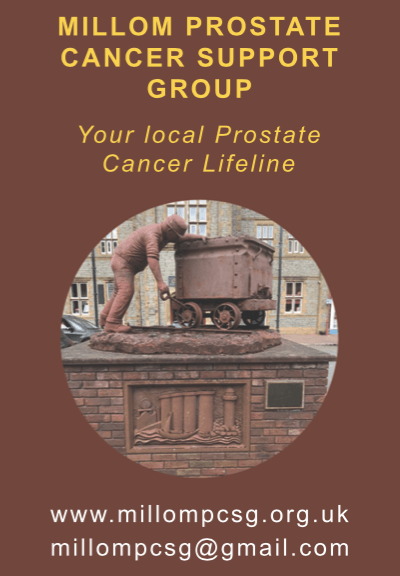Brochure downloads
This fact sheet is for men who are thinking about having an operation called a transurethral resection of the prostate (TURP) to treat symptoms of an enlarged prostate gland. You may hear this condition called benign prostatic enlargement (BPE) or benign prostatic hyperplasia (BPH). In this fact sheet, we use the term enlarged prostate for both BPE and BPH.
This booklet is for men who want to know more about a condition called an enlarged prostate. You may also hear it called benign prostatic enlargement (BPE) or benign prostatic hyperplasia (BPH). It isn’t cancer and it can be treated if it’s causing you problems.
This fact sheet is for men who have prostate cancer or who’ve had treatment for prostate cancer and want to know more about fatigue (extreme tiredness).
This fact sheet is for men who want to know more about how prostate cancer is diagnosed. Your partner, family or friends might also find it helpful.
We talk about the tests used to diagnose prostate cancer and explain what the results may show.
This fact sheet is for men who want to know more about urinary problems after treatment for prostate cancer. Your partner, family or friends might also find it helpful. We explain how different treatments for prostate cancer may cause urinary problems and describe ways to manage them. We also list other sources of support and information.
This booklet is for men who want to know more about having a blood test called a PSA test. The test can help diagnose prostate problems, including prostate cancer. Your partner, family or friends might also find this information helpful.
This fact sheet is for men with prostate cancer who are thinking about going on holiday in the UK or abroad. It has tips on preparing for your trip, arranging travel insurance and how to look after yourself while you’re away. Your partner or family might also find this helpful.
A lot of this information is common sense but can be easy to forget in the run up to a trip.
This fact sheet is for anyone who has been diagnosed with advanced (metastatic)
prostate cancer – cancer that has spread from the prostate to other parts of the body.
We explain what advanced prostate cancer is, what your test results mean,and the treatments available.
